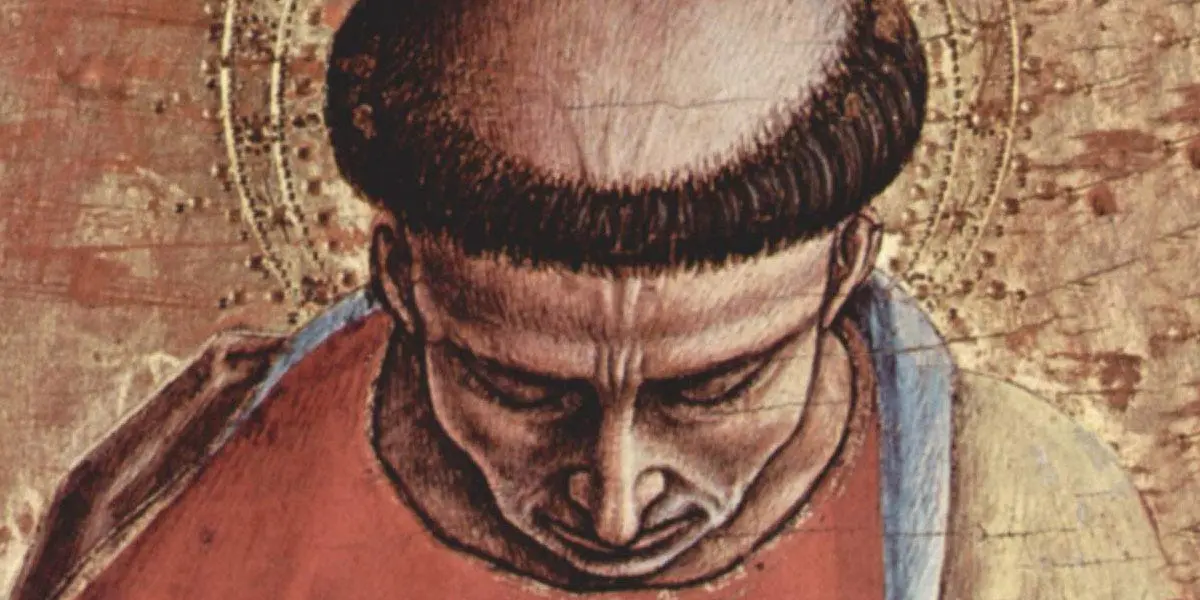Introduction:
Hairstyles have always been an integral aspect of human culture, expressing various social, cultural, and religious affiliations. One such hairstyle that has intrigued people for centuries is the iconic monk haircut. Known for its distinctive shaved crown, the monk haircut holds deep religious and historical significance. This article explores the origins, evolution, and cultural significance of the monk haircut, shedding light on its enduring legacy.
Origins of the Monk Haircut:
Early Religious Practices:
The origins of the monk haircut can be traced back to ancient religious practices. In numerous religious traditions, shaving the head symbolizes renunciation, humility, and detachment from worldly possessions. Buddhists, in particular, view shaving the head as a way to break free from societal attachments and to embody spiritual enlightenment.
The Influence of Buddhism:
The transition of the monk haircut into a more recognizable form can be attributed to the spread of Buddhism. As Buddhism expanded throughout Asia, monks became synonymous with this distinctive hairstyle. Initially, it was primarily practiced by Buddhist monastics in India, where it was known as the “shramana” hairstyle.
Spread to East Asia:
During the early expansion of Buddhism into East Asia, particularly in China and Japan, the monk haircut became widely adopted among Buddhist clerics. Its association with monks and monastic life became deeply ingrained in East Asian cultures, where it symbolized devotion, discipline, and the pursuit of spiritual awakening.
The Evolution of the Monk Haircut:
Regional Variations:
As Buddhism spread across various regions, the monk haircut underwent subtle variations influenced by local traditions and customs. For instance, in Tibet, the monk haircut was distinctly paired with long braided hair, while in Japan, the development of “samurai monks” saw the amalgamation of traditional Japanese warrior hairstyles with the monk’s shaved crown.
Symbolism and Meaning:
The monk haircut’s symbolic value has remained consistent throughout its evolution. It represents the renunciation of materialism, attachment, and the devotion to a higher spiritual calling. The sight of a shaven crown serves as a reminder not only to the monk but also to society, highlighting the importance of humility, inner calm, and disciplined spirituality.
Modern Significance and Cultural Impact:
Beyond Religious Boundaries:
In contemporary times, the monk haircut has transcended religious boundaries and become a popular hairstyle among non-religious individuals. Its simplicity, ease of maintenance, and association with minimalism have attracted a wide range of people who resonate with the philosophies of simplicity and detachment.
Aesthetic Appeal and Trendsetting:
Over time, the monk haircut has reimagined itself as a stylish and fashionable choice. Celebrities, athletes, and influencers have embraced this unique hairstyle, giving it a new level of visibility within popular culture. The clean and minimalist aesthetic of the monk haircut has become a trendsetting symbol of timeless style, exuding confidence and a distinctive look.
FAQs:
1. Is sporting a monk haircut restricted to individuals of a particular religious persuasion?
No, the monk haircut is not limited to any specific religious group. While its historical roots lie within Buddhism, today, people from all walks of life, regardless of religious beliefs, can embrace this unique hairstyle as a symbol of simplicity or personal aesthetics.
2. Does the monk haircut have any significance for individuals who adopt it outside of religious contexts?
Yes, even outside of religious contexts, the monk cut often holds personal significance. It represents a desire to simplify one’s life, detach from societal pressures, or embrace a minimalist lifestyle. For some, it may reflect a commitment to spiritual growth or a symbolic shedding of past identities.
3. Are there any specific requirements or maintenance involved in having a monk haircut?
Maintaining a monk cut is relatively straightforward, involving regular head shaving to maintain a clean-shaven crown. However, it is recommended to consult with a professional hairstylist. A professional hairstylist should be consulted to ensure satisfactory results and to set up a suitable maintenance routine based on individual hair growth patterns and preferences.
Conclusion:
The historical and cultural significance of the monk cut spans across continents and centuries. Stemming from the religious practices of renunciation and humility, this distinctive hairstyle has evolved to become a symbol of simplicity, detachment, and disciplined spirituality. By transcending religious boundaries and entering popular culture, the monk cut continues to inspire and captivate individuals seeking a unique and meaningful hairstyle that represents a personal philosophy or aesthetic choice.
